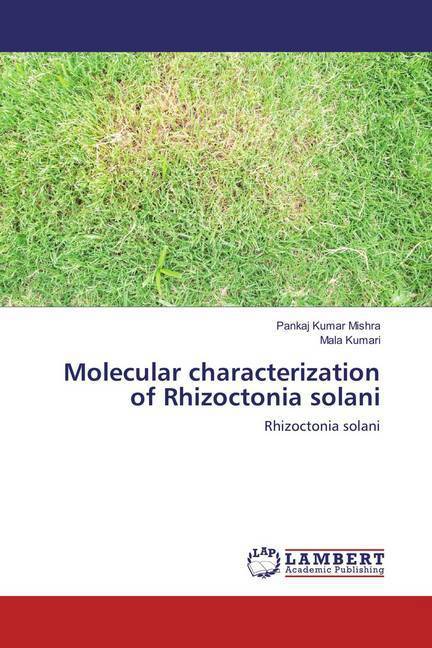
- Afhalen na 1 uur in een winkel met voorraad
- Gratis thuislevering in België vanaf € 30
- Ruim aanbod met 7 miljoen producten
- Afhalen na 1 uur in een winkel met voorraad
- Gratis thuislevering in België vanaf € 30
- Ruim aanbod met 7 miljoen producten
Zoeken
Molecular characterization of Rhizoctonia solani
Rhizoctonia solani
Pankaj Kumar Mishra, Mala Kumari
Paperback | Engels
€ 54,95
+ 109 punten
Omschrijving
Rhizoctonia solani (Kühn) (Teleomorph: Thanatephorus cucumeris (Fr. Donk) is a destructive ubiquitous soil-borne fungus comprising plant parasite and saprophyte with a wide host range. It exists in nature as a different group in terms of the number of nuclei in the cells, its culture feature, hosts and virulence. The genus Rhizoctonia has long been taxonomically problematic. At present, 14 anastomosis groups (AGs), are recognized with distinct physiology and genetic composition exist. Although the anastomosis method is accurate, valid and currently used, it is sometimes impossible to determine to which AG an isolates belongs by anastomosis, because certain isolate do not anastomose with representatives of any known AG while some isolates have lost their capability to self-anastomose. An anastomosis grouping is a convenient but not the ideal method for classification of R. solani. The various molecular methods used for classification of Rhizoctonia spp. include isozymes, fatty acid analysis, karyotyping, DNA fingerprinting based on molecula markers proved promising.
Specificaties
Betrokkenen
- Auteur(s):
- Uitgeverij:
Inhoud
- Aantal bladzijden:
- 92
- Taal:
- Engels
Eigenschappen
- Productcode (EAN):
- 9783659816185
- Verschijningsdatum:
- 12/01/2016
- Uitvoering:
- Paperback
- Afmetingen:
- 150 mm x 220 mm
- Gewicht:
- 145 g

Alleen bij Standaard Boekhandel
+ 109 punten op je klantenkaart van Standaard Boekhandel
Beoordelingen
We publiceren alleen reviews die voldoen aan de voorwaarden voor reviews. Bekijk onze voorwaarden voor reviews.








